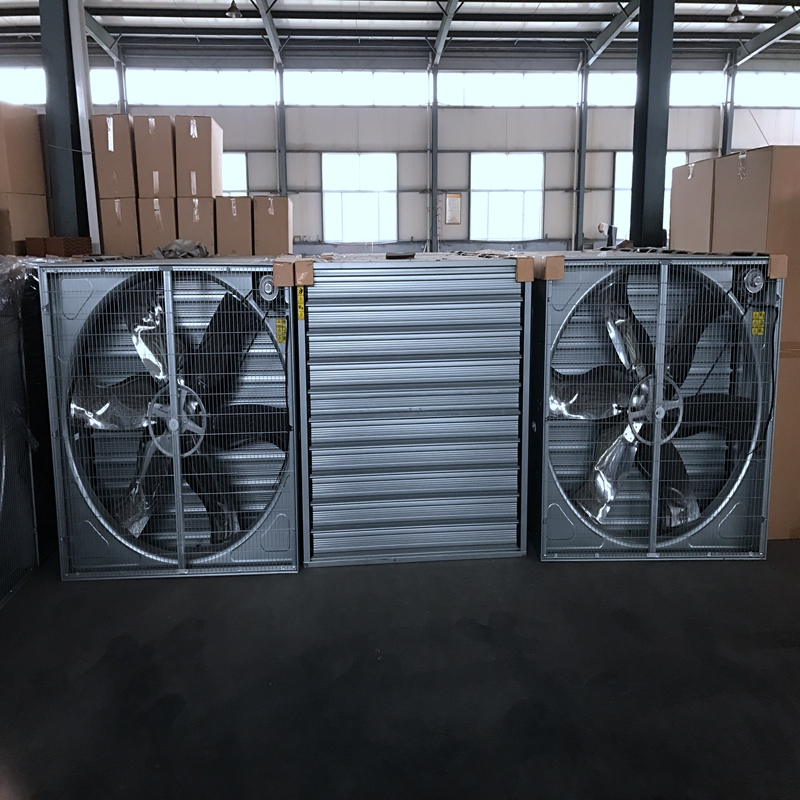chicken scalder
Nov . 14, 2024 19:02 Back to list
chicken scalder
Understanding the Chicken Scalder A Key Component in Poultry Processing
The chicken scalder is an essential piece of equipment in the poultry processing industry, playing a critical role in the preparation of chickens for further processing, cleaning, and packaging
. Understanding its function, operation, and significance allows stakeholders in the poultry supply chain to appreciate the technological advancements in modern agriculture and food production.At its core, the scalder serves the primary purpose of loosening feathers from the chicken’s skin, facilitating the plucking process. The process typically occurs after the birds have been humanely slaughtered. The scalder operates by immersing the carcasses in hot water, typically between 145°F to 165°F (63°C to 74°C). The precise temperature is crucial; too hot, and it can cook the skin, while too cold results in ineffective feather removal.
Chickens are usually placed in the scalder for a duration that ranges from 30 seconds to several minutes, depending on factors such as the type of scalder used and specific processing practices. This process helps to denature the proteins in the feathers and skin, loosening them significantly and making subsequent plucking much more efficient. Without proper scalding, feathers can be stubborn and challenging to remove, leading to delays in processing and increased labor costs.
chicken scalder

Several types of scalders are commonly used in the industry. The most basic is the batch scalder, where a fixed quantity of chickens is processed at once. However, in larger facilities, continuous or inline scalders are preferred for their efficiency. These systems are designed to maintain a constant flow of chickens through the scalder, allowing for a more streamlined operation. Some advanced scalders use a combination of water and steam to achieve the desired temperature and uniformity, providing an even greater efficiency in feather removal.
Beyond the technical specifications, the chicken scalder has broader implications for food safety and quality. Properly scaled chickens are not only easier to process but also result in a higher quality product. Effective scalding reduces the risk of bacterial contamination, which is a significant concern in poultry processing. By ensuring that feathers are removed efficiently, processors can maintain hygiene standards and reduce the potential for foodborne illnesses caused by pathogens.
Moreover, there is a growing trend towards energy efficiency and sustainability in poultry processing operations. Modern scalders are being designed with these principles in mind, utilizing less water and energy, and improving overall environmental impact. This evolution reflects the industry's response to consumer demand for more responsibly sourced and processed food products.
In conclusion, the chicken scalder is a pivotal component of poultry processing that directly affects the efficiency, safety, and quality of the final product. As technology continues to evolve, the role of scalders will likely expand, integrating more advanced features and sustainable practices. Understanding how this essential equipment functions highlights the interconnected nature of food production, safety, and technology in the modern agricultural landscape. For consumers, knowing the behind-the-scenes processes that contribute to food production fosters a greater appreciation of the industry and emphasizes the importance of humane and effective practices along the supply chain.
-
Hot Sale 24 & 18 Door Rabbit Cages - Premium Breeding Solutions
NewsJul.25,2025
-
Automatic Feeding Line System Pan Feeder Nipple Drinker - Anping County Yize Metal Products Co., Ltd.
NewsJul.21,2025
-
Automatic Feeding Line System Pan Feeder Nipple Drinker - Anping County Yize Metal Products Co., Ltd.
NewsJul.21,2025
-
Automatic Feeding Line System - Anping Yize | Precision & Nipple
NewsJul.21,2025
-
Automatic Feeding Line System - Anping Yize | Precision & Nipple
NewsJul.21,2025
-
Automatic Feeding Line System-Anping County Yize Metal Products Co., Ltd.|Efficient Feed Distribution&Customized Animal Farming Solutions
NewsJul.21,2025






